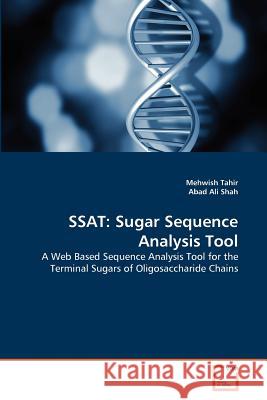SSAT: Sugar Sequence Analysis Tool » książka
SSAT: Sugar Sequence Analysis Tool
ISBN-13: 9783639373820 / Angielski / Miękka / 2011 / 80 str.
Currently, a number of data repositories are available for the storage of sugar sequences. Some of them are publically available e.g. KEGG, O-GlycoBase, GlycoEpitope, CarbBank, CCSD etc. Some are commercially available like GlycoSuiteDB relational database. All the existing repositories for sugar are based on the structure of oligosaccharide chains. But they fail to relate the chains with their functions. The aim of our research work is to find a way to accumulate useful information regarding sugar sequences, linkage between the sugar moieties and their anomery, and to develop an analysis tool which will relate the oligosaccharide chains with their function. This will help to align the biologically significant oligosaccharides with respect to their sequences, linkages and anomery and will allow predicting the possible changes in normal and pathological conditions.
Currently, a number of data repositories are available for the storage of sugar sequences. Some of them are publically available e.g. KEGG, O-GlycoBase, GlycoEpitope, CarbBank, CCSD etc. Some are commercially available like GlycoSuiteDB relational database. All the existing repositories for sugar are based on the structure of oligosaccharide chains. But they fail to relate the chains with their functions. The aim of our research work is to find a way to accumulate useful information regarding sugar sequences, linkage between the sugar moieties and their anomery, and to develop an analysis tool which will relate the oligosaccharide chains with their function. This will help to align the biologically significant oligosaccharides with respect to their sequences, linkages and anomery and will allow predicting the possible changes in normal and pathological conditions.











